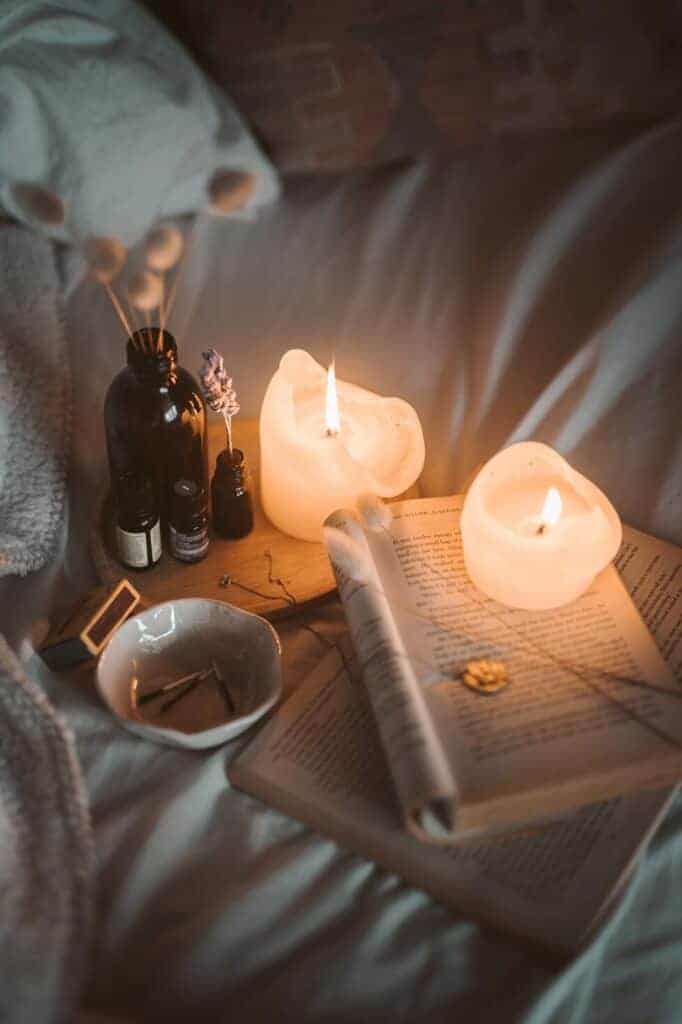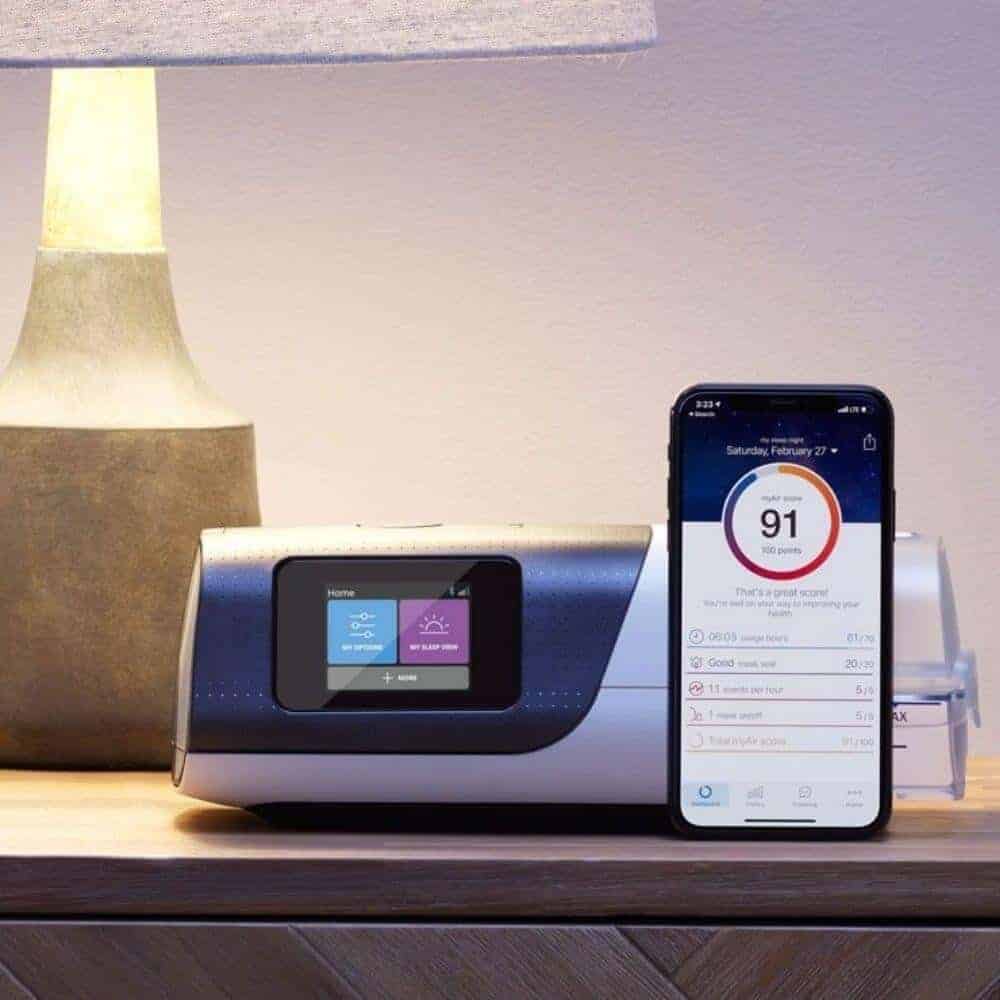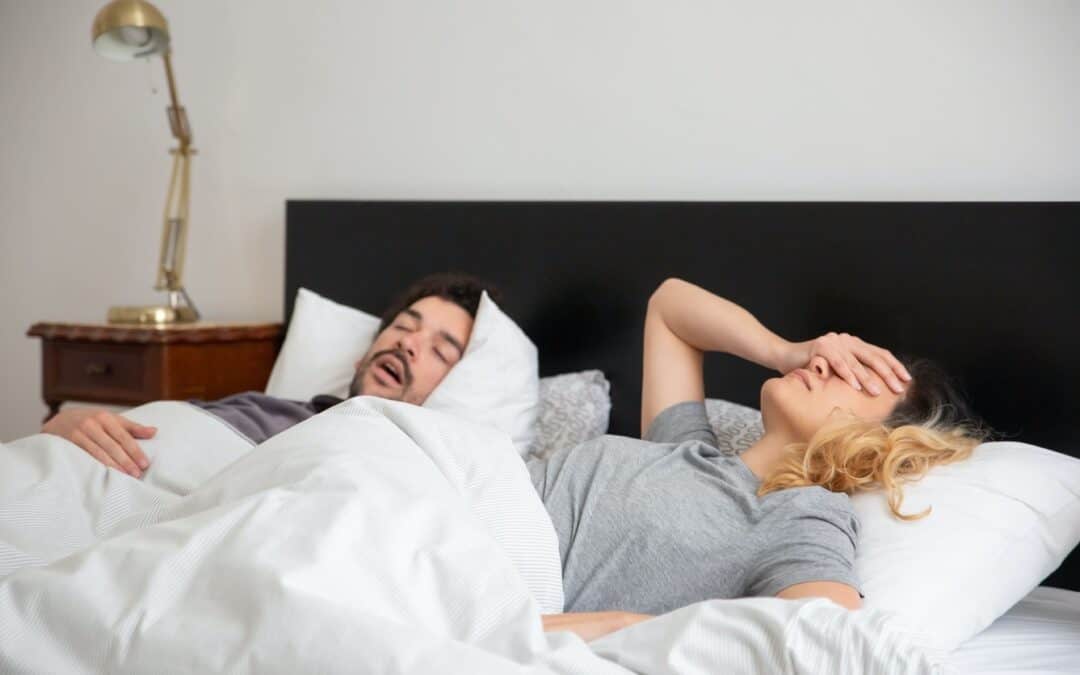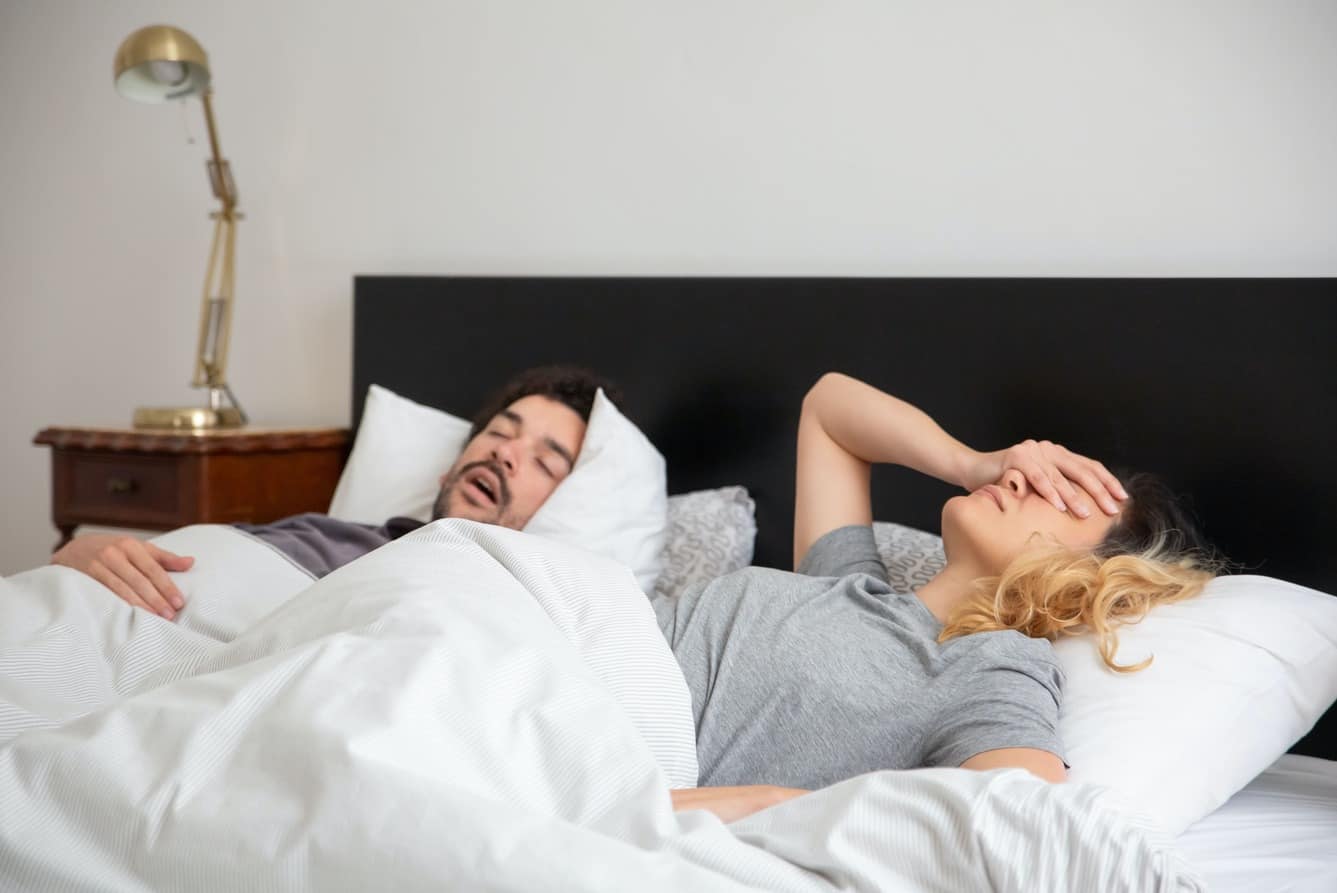Sleep is a biological necessity. It is crucial for our mental and physical well-being and plays important roles in cognitive functioning, mood regulation, immune and hormone function as well as cardiovascular and cerebrovascular health1. Because sleep is so vital to health, the American Society of Sleep Medicine (AASM) recommends a minimum of 7 hours sleep for the average adult 1.
Chronic insufficient sleep is associated with an increased risk of mortality and the development of chronic illnesses such as type 2 diabetes, obesity, cardiovascular disease and depression 1. A detailed review by a panel of AASM members found that sleep durations of less than 6 hours are linked to a higher risk of both cardiovascular disease and hypertension 2.
Getting sufficient sleep however, can be challenging in our modern era of distractions and commitments. This is especially true for individuals with obstructive sleep apnea (OSA), who often struggle with daytime fatigue regardless of sleep duration. OSA is a common sleep disorder which affects 10 to 30% of adults in the US 3.
OSA occurs when the soft tissues in the upper airway relax during sleep to the point where these tissues collapse and partially or completely block the airway. This results in apnea – a pause in breathing – which reduces oxygen supply and triggers a fight-or-flight response, disrupting the body’s restorative process during sleep.
Importance of Sleep Hygiene
The key to better health then, lies not just in getting more sleep but also in improving the quality of sleep. This is where sleep hygiene comes in.
What is Sleep Hygiene?
Sleep hygiene refers to habits and practices that are conducive to sleeping well on a regular basis. Originally developed to treat mild and moderate insomnia, sleep hygiene is now widely recognized by public health educators as an intuitive and easily applicable method of improving general public health 4.
The Role of Sleep Hygiene in Sleep Apnea Management
While good sleep hygiene does not treat sleep apnea directly, it is essential for better sleep. Therefore, practicing good sleep hygiene is an important part of understanding how to improve sleep apnea.
Read on for useful sleep hygiene tips that will help you maximize the benefits of your sleep.
Sleep Hygiene Tips
Establishing a Bedtime Routine
Having a regular bedtime and wake-time promotes synchrony between your sleep-wake cycle 4. The Mayo Clinic recommends getting up and going to bed at the same time every day, even on weekends 5.
If you can’t fall asleep after laying in bed for 15 to 30 mins, get up and do something relaxing. This can include activities such as listening to soothing music or reading a book. Doing so helps divert your attention away from the frustration of not being able to sleep and prevents your bed from becoming a place of stress 6.
Creating a Sleep-Friendly Environment
Keeping the bedroom dark, cool and quiet promotes a relaxing environment that makes it easier to fall asleep.
- Noise:
Minimizing noise by either reducing it (i.e., wear earplugs) or masking it (i.e., use a white noise machine).
- Temperature:
The optimal temperature for sleeping is 60 to 67° F (15 to 19° C) 7. Heat and cold exposure decreases REM sleep and increases wakefulness. Cooling blankets and mattress pads can help those who “tend to sleep hot.” Those on the opposite of the temperature spectrum can experiment with different blankets or duvets to find the right level of warmth.
- Lights:
Light suppresses melatonin production and affects our circadian rhythm. If light from outside is inhibiting your ability to fall asleep, consider putting up blackout curtains to block out external light. Alternatively, experiment with wearing a sleep mask.
- Electronics:
Electronics emit blue light which has been shown to suppress melatonin production for twice as long as white light 8. For this reason, it’s recommended to limit electronic use 2 to 3 hours before bed to minimize the impact on sleep quality.
Regular Exercise and Its Impact on Sleep
Another commonly recommended sleep hygiene tip is regular exercise. Habitual exercise improves sleep, although the exact mechanism is yet unknown. It has been suggested that exercise’s effects on arousal, adenosine levels as well as body temperature contributes to better sleep 4. However, exercising too close to bedtime can actually make it more difficult to fall asleep.
Avoiding Stimulants and Alcohol Before Bed
Drinking alcohol before bed helps you fall asleep faster. However, once the alcohol is metabolized, your body experiences more arousals and it becomes harder to achieve deep sleep.
Stimulants such as caffeine and nicotine also affect sleep quality and should be avoided or limited before bed. There is a dose-dependent relationship between caffeine consumption and its effects on sleep 4. The more caffeine you consume before bed, the harder it is to fall asleep and the more fragmented your sleep may be 4. It is worth noting that the effects of caffeine on sleep quality also depend on the individual’s habitual caffeine consumption and tolerance. Those who regularly consume large amounts of caffeine are less sensitive to the sleep disruptive effects of caffeine.
Managing Stress and Anxiety
Exposure to stress close to bedtime leads to increased wakefulness and less restorative sleep. A common sleep hygiene tip is writing a “worry list” before bed to clear the mind of anxieties for sleep, setting them aside from tomorrow. Deep breathing exercises and meditation can also help relax both the mind and body, preparing you for a better sleep experience.


Using Sleep Aids and Devices for Sleep Apnea
Many people turn to sleeping aids to help them get a good night’s sleep. These sleep aids can be over-the-counter treatments such as melatonin and antihistamines, as well as natural remedies like chamomile tea. The AASM recommends pairing sleep aids with behavioral changes for optimal effectiveness. However, if taking sleep aids and practicing good sleep hygiene isn’t working, it’s best to consult a sleep specialist for a personalized treatment plan 9.
A sleep doctor can assess your condition and determine if you have a sleep disorder that requires stronger prescription medication to help you sleep 9. If you have tried various medications with limited success, you may have an underlying sleep disorder such as sleep apnea. Depending on the severity and type of sleep apnea, the treatment may involve lifestyle changes, the use of a Continuous Positive Airway Pressure (CPAP) machine, dental appliance or possibly surgery.
Sleep Apnea Treatments
There are a number of different treatment options for sleep apnea and the exact one depends on the type and severity of sleep apnea. Some doctors may recommend lifestyle changes such as weight loss and changing your sleeping position for mild cases of OSA. Moderate and severe OSA, however, typically require the use of a sleep apnea machine.
A sleep apnea machine or more specifically, a CPAP machine, delivers pressurized air to the user, effectively splinting the airway open. The user wears a mask that covers the nose and/or mouth while sleeping, which is connected to the CPAP machine via a hose. Considered by doctors to be the gold standard treatment option for sleep apnea, CPAP therapy improves quality of life, reduces the risk of cardiovascular disease and improves energy levels during the day 10.

CPAP therapy is the first-line treatment for OSA and is prescribed for all levels of OSA. New users usually require a few weeks for acclimatization. They must become accustomed to wearing a mask while sleeping and may experience some side effects that luckily, can be easily prevented. Though this may feel foreign initially, most find that the benefits of CPAP therapy, such as waking up refreshed and energized, and the cessation of snoring, outweigh the inconveniences.
At Respshop, we have medical professionals who can answer your CPAP questions and provide tips on how to get better sleep with sleep apnea. We also have additional information on our Knowledge Base that can help you understand how to improve sleep apnea
Summary
A sound sleep is not merely a luxury, but a cornerstone of wellbeing. Thus, it is crucial for individuals with sleep apnea to adopt not only the recommended treatments but also good sleep hygiene. These include maintaining a regular sleep schedule, creating a comfortable sleep environment, avoiding stimulants before bedtime and managing stress effectively. Understanding how to improve sleep hygiene is key to improving sleep apnea and by extension, overall health and productivity.
References
[1] Ramar, Kannan, Raman K. Malhotra, Kelly A. Carden, Jennifer L. Martin, Fariha Abbasi-Feinberg, R. Nisha Aurora, Vishesh K. Kapur, et al. “Sleep Is Essential to Health: An American Academy of Sleep Medicine Position Statement.” Journal of Clinical Sleep Medicine 17, no. 10 (October 2021): 2115–19. https://doi.org/10.5664/jcsm.9476.
[2] Watson, Nathaniel F., M. Safwan Badr, Gregory Belenky, Donald L. Bliwise, Orfeu M. Buxton, Daniel Buysse, David F. Dinges, et al. “Joint Consensus Statement of the American Academy of Sleep Medicine and Sleep Research Society on the Recommended Amount of Sleep for a Healthy Adult: Methodology and Discussion.” Journal of Clinical Sleep Medicine 11, no. 08 (August 15, 2015): 931–52. https://doi.org/10.5664/jcsm.4950.
[3] Association, American Lung. “Learn About Obstructive Sleep Apnea (OSA).” Learn About Obstructive Sleep Apnea (OSA) | American Lung Association, n.d. https://www.lung.org/lung-health-diseases/lung-disease-lookup/sleep-apnea/learn-about-sleep-apnea.
[4] Irish, Leah A., Christopher E. Kline, Heather E. Gunn, Daniel J. Buysse, and Martica H. Hall. “The Role of Sleep Hygiene in Promoting Public Health: A Review of Empirical Evidence.” Sleep Medicine Reviews 22 (August 2015): 23–36. https://doi.org/10.1016/j.smrv.2014.10.001.
[5] Mayo Clinic. “6 Steps to Better Sleep,” May 7, 2022. https://www.mayoclinic.org/healthy-lifestyle/adult-health/in-depth/sleep/art-20048379.
[6] Can’t sleep? Try these tips Information | Mount Sinai – New York. “Can’t Sleep? Try These Tips Information | Mount Sinai – New York,” n.d. https://www.mountsinai.org/health-library/selfcare-instructions/can-t-sleep-try-these-tips.
[7] Cleveland Clinic. “The Best Temperature for Sleep,” November 16, 2021. https://health.clevelandclinic.org/what-is-the-ideal-sleeping-temperature-for-my-bedroom/.
[8] Harvard Health. “Blue Light Has a Dark Side – Harvard Health,” May 1, 2012. https://www.health.harvard.edu/staying-healthy/blue-light-has-a-dark-side.
[9] 7 Things to Consider When Taking Sleep Medication | Cedars-Sinai. “7 Things to Consider When Taking Sleep Medication | Cedars-Sinai,” n.d. https://www.cedars-sinai.org/blog/when-use-sleep-aids.html.
[10] Batool-Anwar, Salma, James L. Goodwin, Clete A. Kushida, James A. Walsh, Richard D. Simon, Deborah A. Nichols, and Stuart F. Quan. “Impact of Continuous Positive Airway Pressure (CPAP) on Quality of Life in Patients with Obstructive Sleep Apnea (OSA).” Journal of Sleep Research 25, no. 6 (May 30, 2016): 731–38. https://doi.org/10.1111/jsr.12430.






